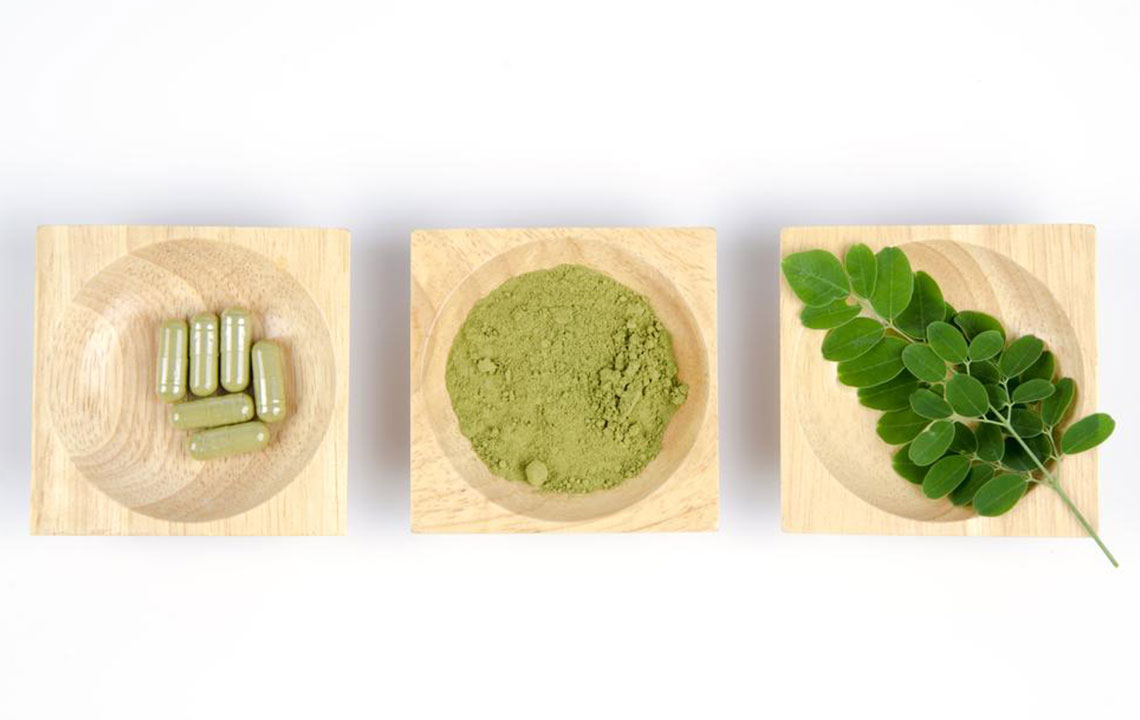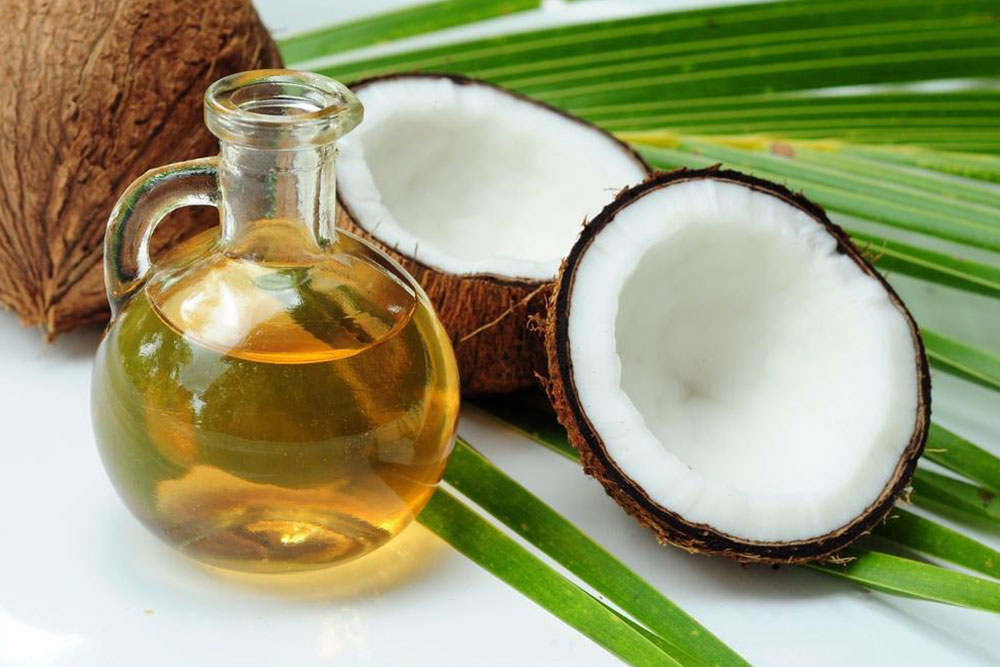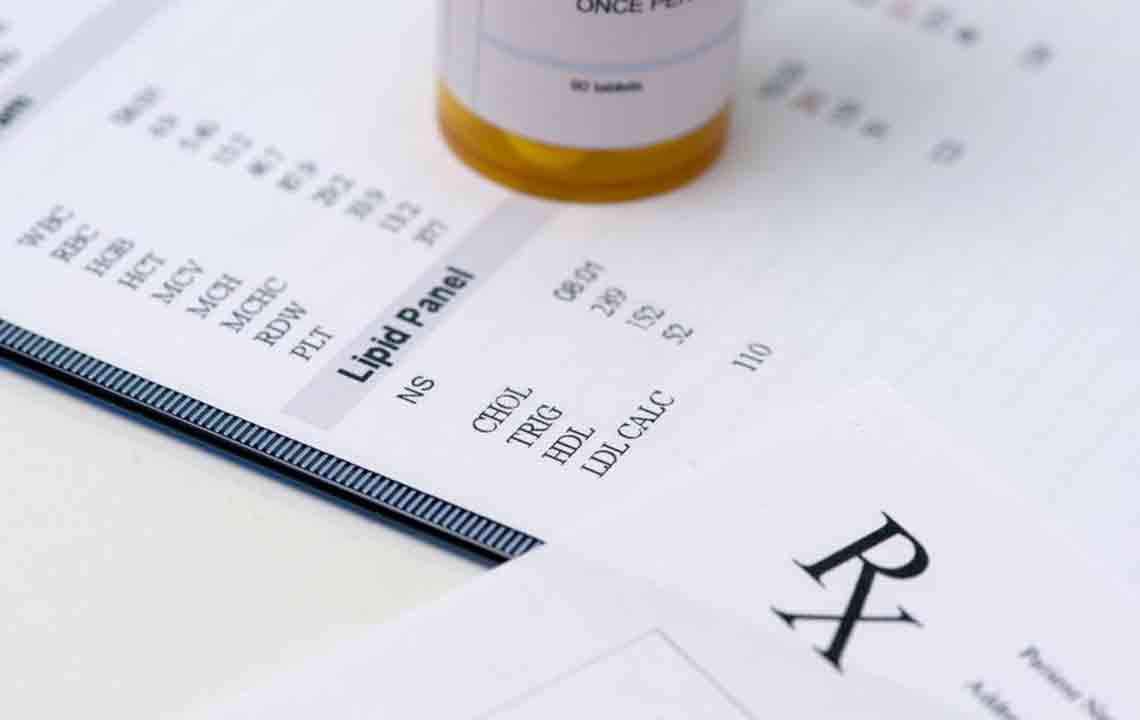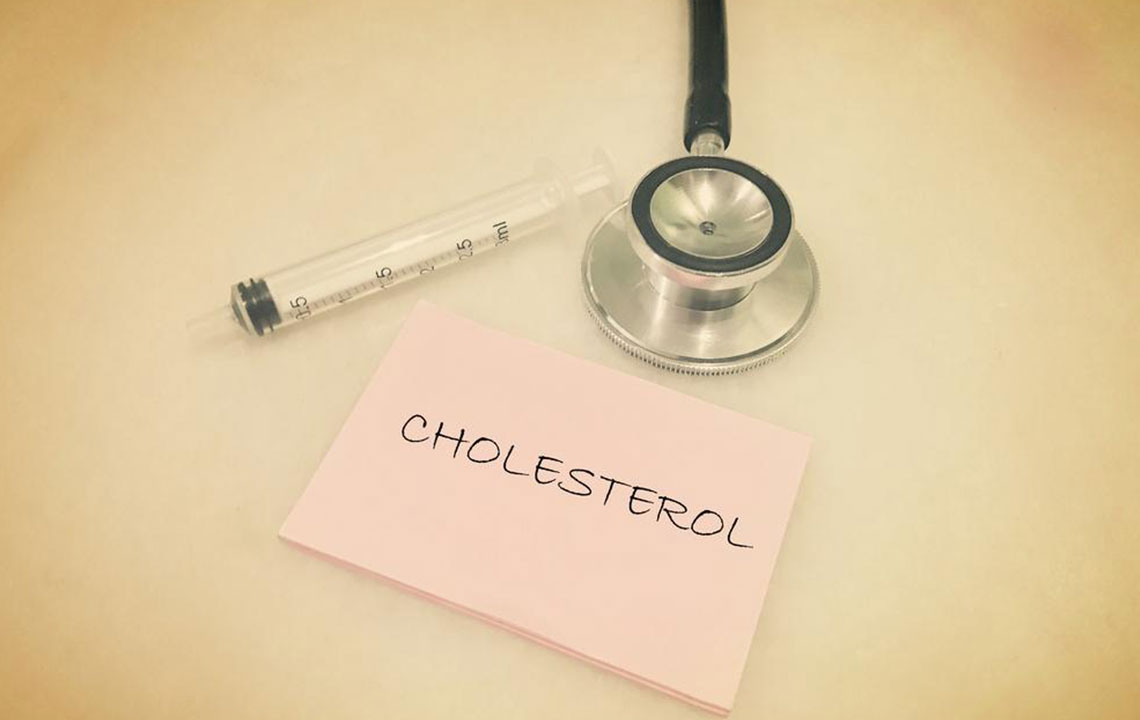Ultimate Strategies for Naturally Lowering Bad Cholesterol (LDL) and Protecting Heart Health
This extensive guide explores natural, effective methods to lower LDL cholesterol, highlighting diet, exercise, supplements, and lifestyle changes to support heart health. Learn practical tips to maintain healthy cholesterol levels and prevent cardiovascular disease with proven strategies.
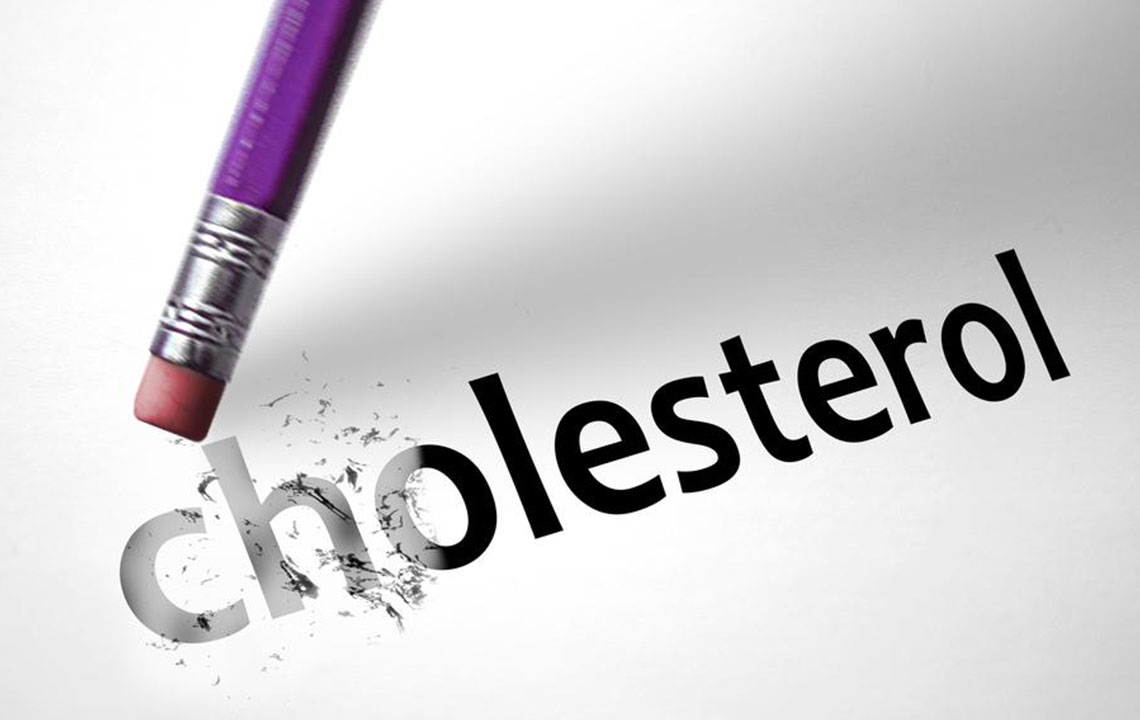
Ultimate Strategies for Naturally Lowering Bad Cholesterol (LDL) and Protecting Heart Health
Cholesterol is often misunderstood, yet it is a vital component in the human body. This fatty, waxy substance is essential for producing hormones, vitamins, and aiding in digestion. However, maintaining a healthy balance between different types of cholesterol—specifically lowering the levels of low-density lipoprotein (LDL), commonly known as 'bad' cholesterol—is crucial for preventing cardiovascular disease. In this comprehensive guide, we will delve into the nature of cholesterol, why excess LDL is harmful, and provide practical, natural methods to effectively reduce bad cholesterol levels and enhance heart health.
Understanding Cholesterol: Its Role and Composition
Cholesterol is a waxy, fat-like substance found in all human cells. Contrary to prevalent myths, cholesterol is not inherently bad; in fact, it plays several vital roles, including enabling the synthesis of vitamin D, certain hormones like estrogen and testosterone, and supporting cell membrane structure. The body primarily produces cholesterol in the liver, which then circulates through the bloodstream bound to proteins, forming lipoproteins. These transporters keep cholesterol soluble and facilitate its delivery to various tissues where it is needed.
Despite its importance, problems arise when cholesterol levels become imbalanced, especially when there's an excess of low-density lipoprotein (LDL). Elevated LDL in the bloodstream can lead to plaque formation within arterial walls, increasing the risk of heart attacks and strokes. Conversely, high-density lipoprotein (HDL), often called the 'good' cholesterol, works to remove excess cholesterol from tissues and delivers it back to the liver for processing and excretion. Achieving a healthy balance between LDL and HDL is central to cardiovascular health.
Differentiating Cholesterol Types and Their Impact on Health
Cholesterol transports are divided into two main types, each with distinct roles:
LDL Cholesterol (Low-Density Lipoprotein): Responsible for transporting cholesterol from the liver to cells. High levels of LDL are associated with the buildup of fatty deposits in arteries, increasing the risk of atherosclerosis, heart attacks, and strokes. Therefore, LDL is labeled as the 'bad' cholesterol.
HDL Cholesterol (High-Density Lipoprotein): Facilitates the removal of excess cholesterol from the bloodstream and tissues, transporting it to the liver for breakdown and excretion. Higher HDL levels are protective and associated with a lower risk of cardiovascular diseases, earning it the title of 'good' cholesterol.
Achieving optimal levels of both types is vital for long-term heart health. The goal is to lower LDL cholesterol while increasing or maintaining high HDL cholesterol to promote healthy arterial function.
The Risks of Elevated LDL and Silent Threats to Heart Health
High levels of LDL cholesterol often develop silently without noticeable symptoms, making regular screening crucial. Persistent high LDL can lead to the gradual buildup of plaque in arteries, narrowing blood vessels, hampering blood flow, and increasing the risk of life-threatening cardiovascular events. Left unmanaged, this condition can result in heart attacks, strokes, and peripheral arterial disease.
Therefore, preventing high LDL cholesterol through proactive lifestyle adjustments is a key strategy in cardiovascular health management. Conversely, maintaining high HDL levels enhances the body's natural ability to clear excess cholesterol, thereby reducing accumulated plaque and protecting against heart disease.
Cholesterol Level Guidelines: What You Should Know
Desirable: Less than 200 mg/dL
Borderline high: 200-239 mg/dL
High: 240 mg/dL and above
Regular blood testing is essential to monitor these levels. Keeping cholesterol within recommended ranges significantly reduces the risk of cardiovascular complications.
Factors Contributing to High LDL Cholesterol
A variety of lifestyle and health factors influence cholesterol levels:
Unhealthy eating habits, especially diets rich in saturated fats, trans fats, and processed foods
Excessive consumption of red meats, full-fat dairy products, fried foods, and baked goods
Dietary trans fats found in fast foods and snack items
Physical inactivity and sedentary lifestyles
Obesity and excess body weight
Genetic predisposition or familial hypercholesterolemia
Medical conditions such as diabetes, kidney disease, hypothyroidism
Hormonal fluctuations during pregnancy or medication use
Smoking and excessive alcohol consumption, which adversely affect HDL levels and overall cholesterol balance
Natural and Practical Strategies to Reduce LDL Cholesterol Effectively
Lowering LDL cholesterol doesn't necessarily require medication; adopting a healthy lifestyle can be highly effective. Here are comprehensive strategies tailored to naturally decrease bad cholesterol levels:
Adopt a Heart-Healthy Diet: Focus on consuming foods low in unhealthy fats. Emphasize fruits, vegetables, whole grains, nuts, and seeds, which provide essential fibers and antioxidants. Limit intake of saturated fats found in red meats and full-fat dairy, and eliminate trans fats present in processed snack foods and fried items.
Include Omega-3 Rich Fish: Incorporate fatty fish such as salmon, mackerel, sardines, and herring into your diet at least twice a week. Omega-3 fatty acids are linked to reduced LDL and increased HDL levels, along with anti-inflammatory benefits.
Increase Soluble Fiber Intake: Soluble fiber effectively binds cholesterol in the digestive system, preventing absorption. Foods high in soluble fiber include oats, barley, legumes, apples, and carrots.
Opt for Plant-Based Proteins: Reduce reliance on animal proteins by choosing plant-based sources like beans, lentils, chickpeas, tofu, and nuts. These foods are low in saturated fats and contribute to improved cholesterol profiles.
Manage Daily Calorie Intake and Stay Active: Overeating can lead to weight gain, which is associated with increased LDL. Regular physical activity—such as brisk walking, cycling, swimming, or aerobic exercises—helps burn excess calories, boost HDL, and improve overall heart health.
Consider Plant Sterol Supplements: Plant sterols naturally inhibit cholesterol absorption. Incorporating sterol-fortified foods or supplements can further lower LDL levels.
Engage in Regular Exercise: Aim for at least 150 minutes of moderate-intensity aerobic activity per week. Exercise improves lipid profiles by increasing HDL and reducing LDL.
Quit Smoking: Smoking lowers HDL cholesterol and damages blood vessels. Quitting smoking increases HDL levels, improves circulation, and boosts overall cardiovascular health.
Limit Alcohol Consumption: Excessive drinking stimulates cholesterol synthesis in the liver and can adversely affect lipid profiles. Moderate alcohol intake or abstinence benefits heart health.
Incorporate Beneficial Essential Oils: Essential oils like cypress, rosemary, and eucalyptus are believed to support circulation and possess antioxidant properties that can aid in cholesterol management when used appropriately.
Maintain a Positive and Consistent Approach: Adopt these lifestyle changes with commitment and patience. Consistency is key to seeing long-term benefits for your cholesterol levels and overall health.
Additional Considerations and When to Seek Medical Help
While natural methods are effective for most, some individuals may require medication due to genetic factors or particularly high cholesterol levels. Always consult a healthcare professional for personalized advice and regular screenings. Medications such as statins are commonly prescribed to help manage cholesterol if lifestyle changes alone are insufficient.
In conclusion, managing LDL cholesterol involves a holistic approach encompassing dietary adjustments, physical activity, avoiding harmful habits, and possibly supplements. Staying proactive about your heart health can significantly reduce the risk of cardiovascular diseases and promote a longer, healthier life.
